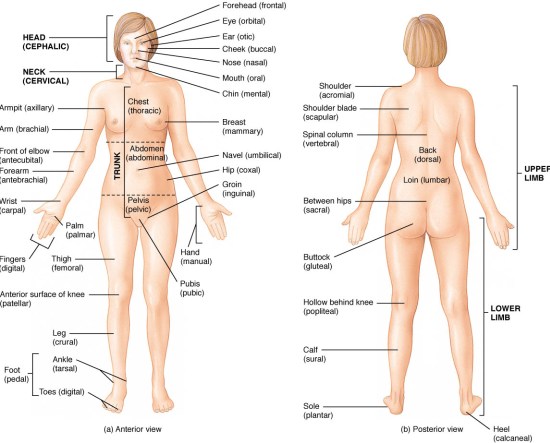A hysterectomy refers to the surgical removal of the reproductive organs of a woman, either in part or completely – a radical hysterectomy removes the ovaries, fallopian tubes, the entire uterus, cervix, upper vagina and lymph nodes, a complete hysterectomy removes the entire uterus and cervix, whereas a subtotal hysterectomy removes only the uterus, leaving in place the cervix.
 A laparoscopic hysterectomy refers to the kind of technique used for a hysterectomy. The other two kinds are abdominal hysterectomy and vaginal hysterectomy.
A laparoscopic hysterectomy refers to the kind of technique used for a hysterectomy. The other two kinds are abdominal hysterectomy and vaginal hysterectomy.
What is a laparoscopic hysterectomy?
The older technique of performing a hysterectomy by way of an abdominal incision had obvious drawbacks such as being an invasive kind of surgery, carrying the risk of infection, an extended period of recovery, and so on.
In the event the development of laparoscopic hysterectomy was a welcome one. The laparoscopic hysterectomy procedure involves only a small incision to be made into the abdominal wall through which the laparoscope (a viewing tube that lets the surgeon look inside the abdominal cavity) along with other surgical instruments are inserted to perform the surgery.
Sometimes a hysterectomy is performed vaginally, but is assisted laparoscopically – here an incision is made in the abdomen to insert a laparoscope probe, however the actual surgery is vaginally done.
What are the benefits of a laparoscopic hysterectomy?
The obvious benefits of a laparoscopic hysterectomy are that this is a less invasive procedure that results in less pain and a quicker recovery time (and a shorter hospital stay) for the woman undergoing a hysterectomy since the size of the incision made into the abdomen is far smaller than a conventional abdominal hysterectomy.
Whereas a laparoscopic hysterectomy requires only a .5 to 1.0 centimeter incision, the conventional procedure requires an opening of 10 to 15 cm to be made. There is also less blood loss, and far lesser chances of the formation of adhesion.
What are the negative aspects of laparoscopic hysterectomy?
One British study has demonstrated that the chances of a woman having a major complication as a result of a laparoscopic hysterectomy are somewhat higher compared to vaginal or abdominal procedures. Also if the size of the uterus is large, i.e. 20 centimeters, then the procedure cannot be performed laparoscopically.
What can you expect if you undergo a laparoscopic hysterectomy?
One is first required to undergo the routine tests to determine safety and suitability of the procedure and certain diet restrictions and medications are prescribed a few days before the procedure. For the most part, the hospital stay is not required to be longer than 2 days in the case of a laparoscopic hysterectomy and within about 7 days of the operation or after removal of sutures, a woman can resume regular activity. Some physical restrictions however may remain in place for about 6 weeks after a laparoscopic hysterectomy.
It has to be kept in mind that any kind of hysterectomy should only be resorted to for sound medical reasons, and after becoming well informed about the possible non surgical alternatives.






